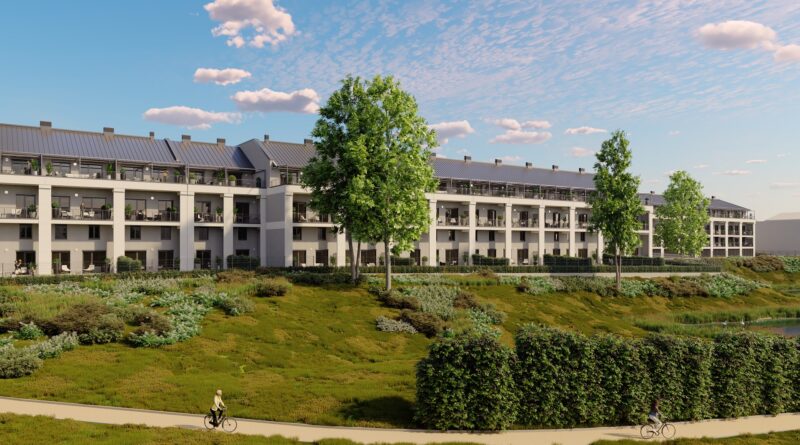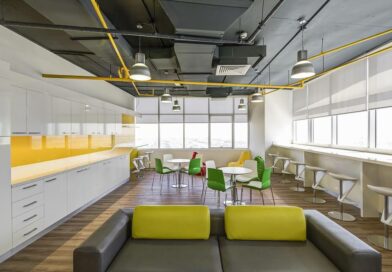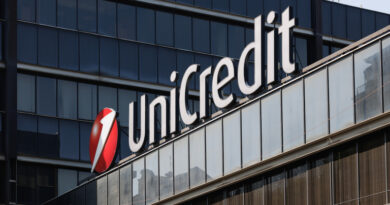Capital values edge lower across European markets
European capital values continued their gradual decline in the second quarter of 2012, with a fall of 0.9%, according to the freshest European Valuation Monitor of CBRE.
Germany was the only country in the main groupings not to register a fall in value this quarter, remaining unchanged from Q1. Other markets such as France (-0.3%), CEE (-0.7%) and the Nordics (-0.1%) also saw very little capital value change reported over the quarter. However, this rather benign picture was not replicated in Southern Europe and Ireland, where capital values fell at their fastest rate since the Q4 2008 – Q2 2009 period (-4.9%). The sharp deterioration in investor sentiment towards these markets is clearly producing an acceleration in value decline. In year-on-year terms, France remains the only market in positive territory ( 2.2%) and, again the Southern Europe and Ireland group has seen a marked decline (-9.9%).
Retail the best performing sector
After a virtually unchanged result in Q1 2012 ( 0.1%) retail continued to be the best performing sector, with values down slightly over both the quarter and year (-0.5% in each case on the ex-UK measure); reflecting retailers’ continued appetite for the most prime locations. This is the eleventh time since the peak of the market (18 quarters in total) that retail has out-performed the other sectors at pan-European level, and the peak to current performance against industrial is now quite marked (10.7%).
Value falls were again steepest in the industrial sector this quarter (-1.4% ex. UK), but remain
relatively muted compared to Q4 2011 (-3.3%).
Yield the main driver of change
With the exception of the industrial sector, it was yield shift that accounted for the majority of capital value decline in Q2 2012. At the all property level, yield impact was -0.7%, and ERV impact was -0.2%. It was notable that the comparatively healthy economies of Germany, the Nordics and France all had slightly positive ERV movement in the quarter; the negative result being driven by Southern Europe. Retail was the only sector to record any positive movement in rents or yields, with ERVs improving capital values marginally by 0.1% over the quarter. The largest yield movements were predictably seen in Southern Europe and Ireland (accounting for –
3.7% of the -4.9% capital value change), whereas the UK was next with only -1.2% impact.
Outlook
The eurozone narrowly avoided recession in the first quarter, but the renewed concern over the periphery provides an uncertain outlook. While commercial real estate investment activity was only slightly down in Q2 over the previous quarter, and on the same quarter in 2011, there were marked falls in Southern Europe and CEE. Despite strong investor demand, lack of core product meant Germany, the Nordics and CEE markets all saw marked falls in activity so far this year.
Commenting on the Q2 2012 European Valuation Monitor, Andrew Barber, Senior Director, Valuation Advisory, CBRE said: “Overall, real estate values edged lower across Europe in Q2 – by just 0.9%. This relatively flat performance masks a deepening polarisation not only between individual markets, but also between prime and secondary assets for which the yield gap is widening. We continue to see managed asset disposals by banks, something likely to gain in momentum in the short to medium term, giving further transparency on pricing, particularly of secondary assets.
“We anticipate values will remain stable going forward for prime assets yet will continue to fall back for those that do not meet the prime criteria. The lack of available financing in particular continues to place ongoing pressures on the market and the yield gap between prime and secondary assets continues to widen”, Graham McMillan Head of Valuation at CBRE Budapest added when speaking about the Hungarian market.
































